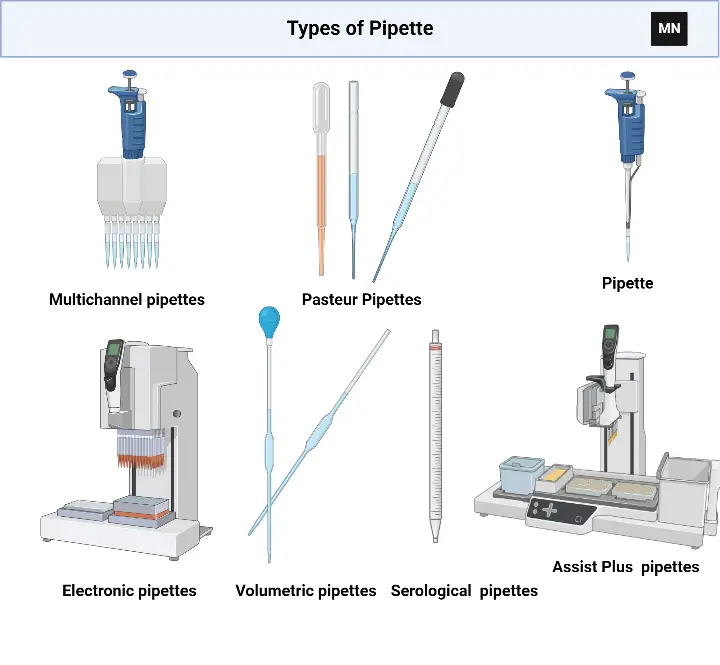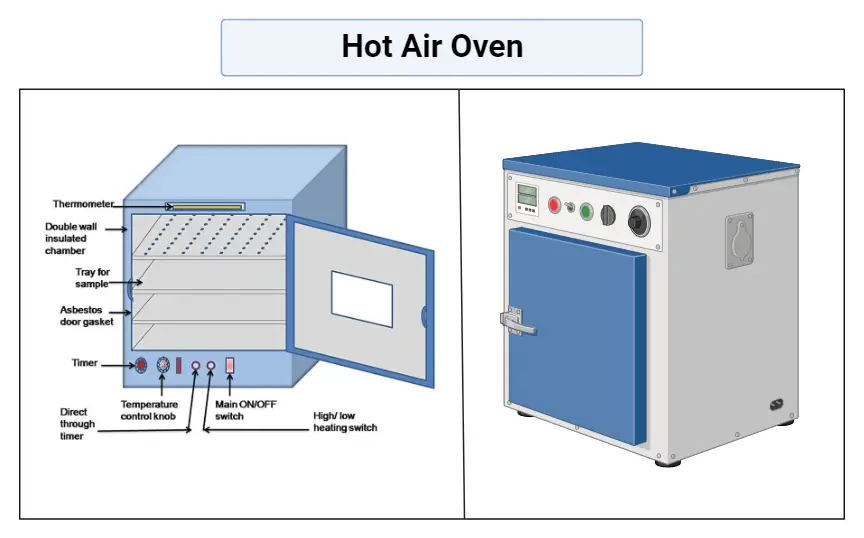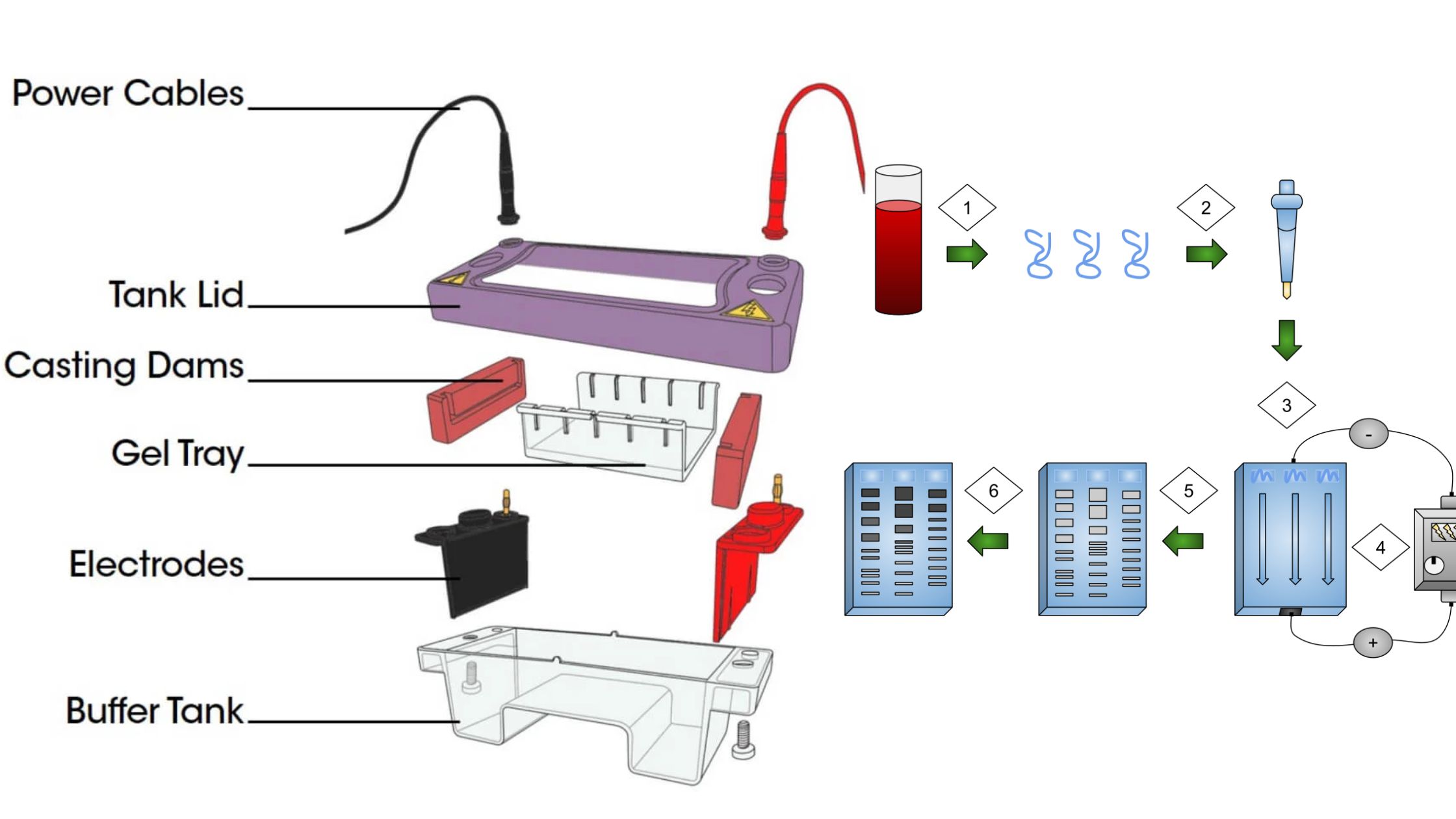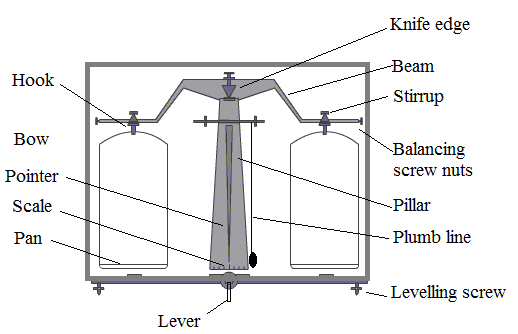Laboratory Refrigerators and Freezers – Principle, Parts, Applications
What is Laboratory Refrigerators and Freezers? Definition of Laboratory Refrigerators and Freezers Laboratory refrigerators and freezers are specialized equipment used in scientific and medical settings to store and preserve samples, specimens, vaccines, pharmaceuticals, and biological materials at specific temperatures. They ensure hygienic conditions, precise temperature control, and reliable performance to maintain the integrity and viability … Read more









